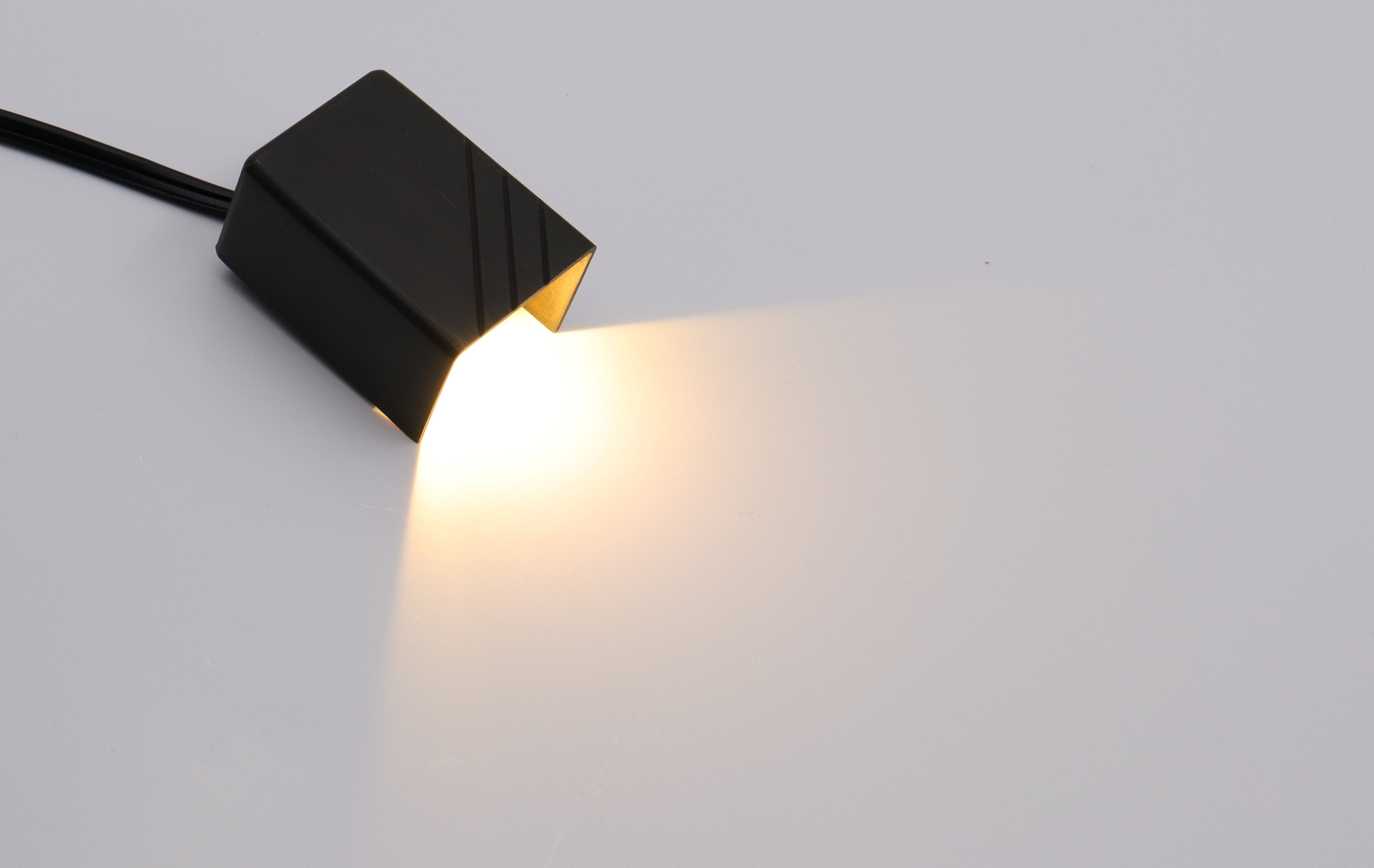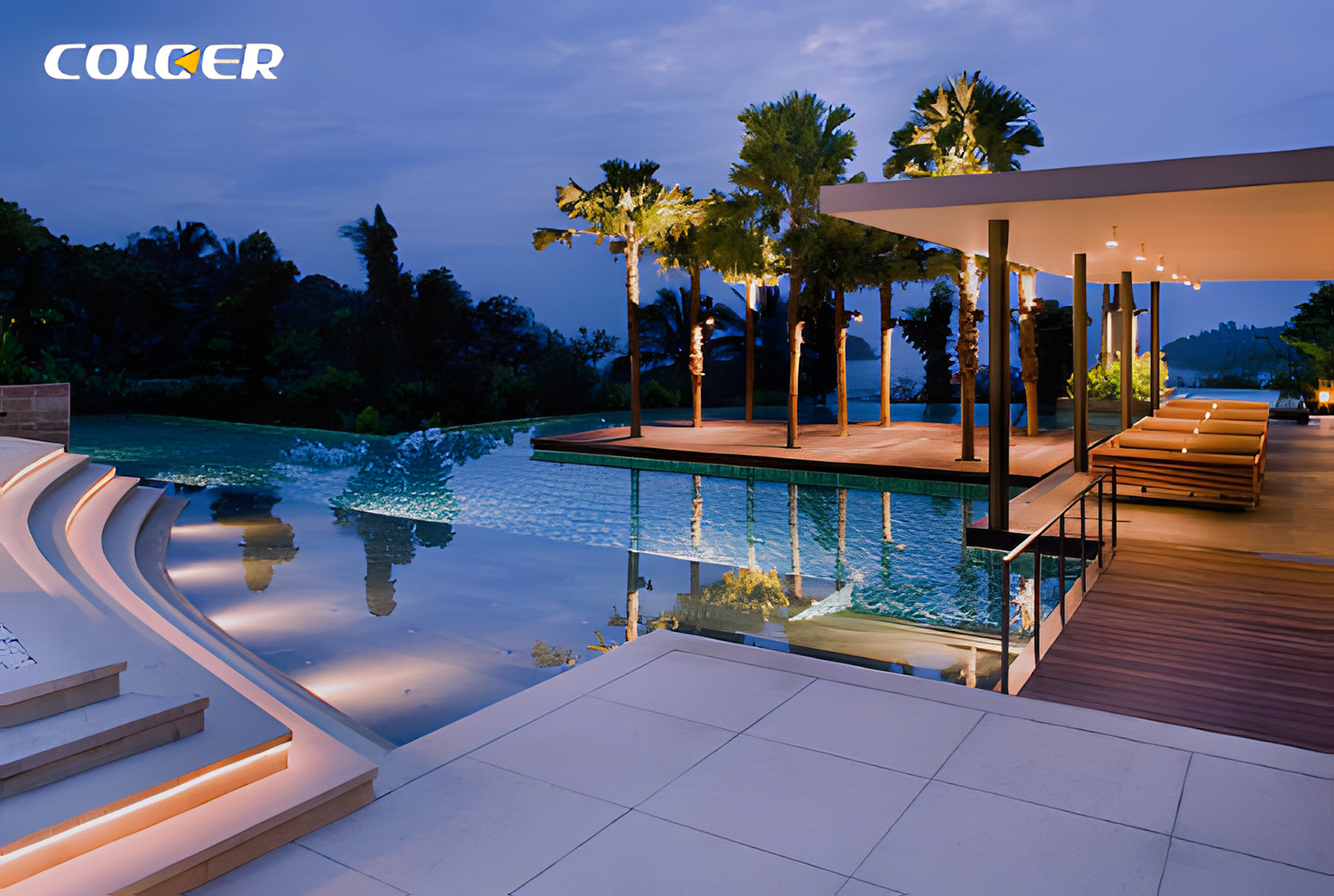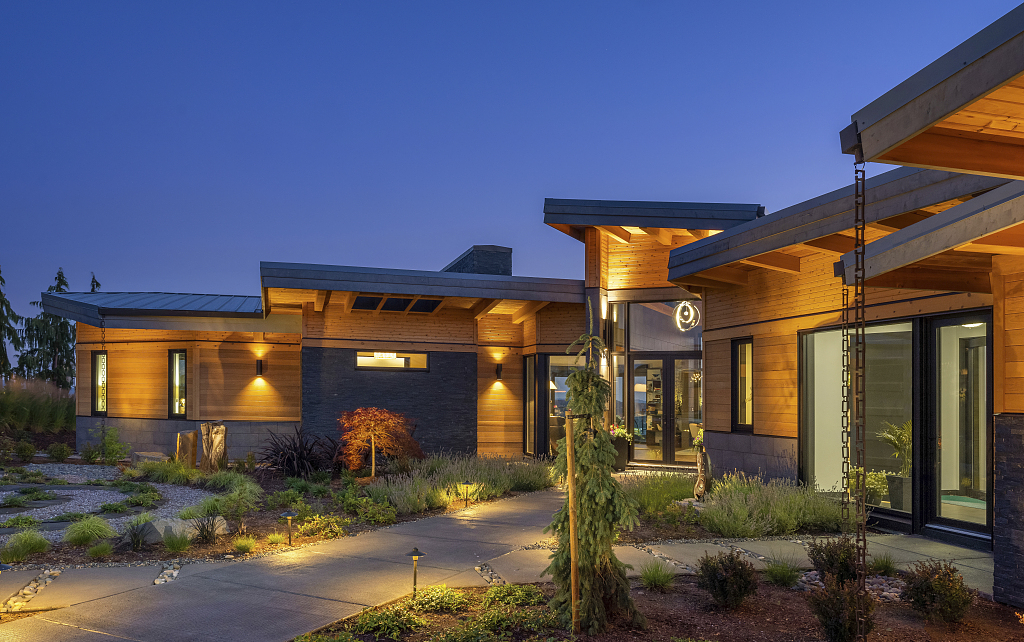A well-designed underwater lighting system can transform ordinary water features into mesmerizing nighttime focal points that enhance property value and extend outdoor enjoyment. However, improper installation or product selection can lead to safety hazards, poor performance, and costly repairs. This comprehensive guide explores professional techniques for implementing underwater lighting in ponds, pools, and fountains while addressing common challenges and safety considerations that landscape professionals and homeowners face.
Understanding Underwater Lighting Fundamentals
Underwater lighting serves both functional and aesthetic purposes in outdoor lighting designs. When properly executed, these submerged luminaires create dramatic visual effects while improving safety for nighttime water feature use. The illumination principles differ significantly from standard landscape lighting due to water's unique optical properties:
- Light travels differently through water, with approximately 25% intensity loss per meter of depth due to absorption and scattering . This requires careful planning of lumen output and fixture placement.
- Water refracts light at a different angle than air (approximately 48.6° versus 31°), affecting how beams spread underwater . Professionals account for this when aiming fixtures.
- Color temperature appears cooler underwater, with 3000K lamps often providing the most natural-looking illumination.
Three primary underwater lighting technologies dominate professional installations:
- LED fixtures: Offering 50,000+ hour lifespans and superior energy efficiency (80-90% less power than halogen equivalents). Modern RGBW LEDs provide full-color spectrum control without separate filters .
- Halogen lamps: Delivering intense, focused beams ideal for highlighting architectural details in pools. However, they operate at higher temperatures and typically last only 1,000-2,000 hours.
- Fiber optic systems: Providing the ultimate in safety with no electricity in the water. Though more expensive initially, they offer exceptional longevity and color effects.
Industry studies show LED adoption in underwater applications has grown from 38% in 2015 to over 82% in 2025 due to technological advances and cost reductions . This shift reflects professionals' preference for durable, low-maintenance solutions.

Critical Safety Standards for Underwater Lighting
Electrical safety remains the paramount concern in underwater lighting installations. The National Electrical Code (NEC) Article 680 establishes rigorous requirements that professionals must follow:
- Low-voltage systems: 12V AC (via isolation transformer) or 12V DC power supplies are mandatory for all submerged fixtures. Line-voltage 120V systems pose unacceptable shock risks.
- GFCI protection: Ground Fault Circuit Interrupters must protect all pool lighting circuits, triggering at 4-6mA leakage current to prevent electrocution.
- IP68 rating: Fixtures must withstand continuous immersion at specified depths (typically 2+ meters for pools) without water ingress.
- Proper bonding: All metal components within 5 feet of the water must connect to the equipotential bonding grid using #8 AWG copper conductors.
Professional installers emphasize that 92% of underwater lighting failures stem from improper sealing at conduit entry points or lens gaskets. Pentair's installation guidelines specify replacing lens gaskets during every service intervention to maintain watertight integrity.
Design Strategies for Different Water Features
Swimming Pools
Pool lighting requires meticulous planning to achieve uniform illumination without glare. Industry standards recommend:
- Positioning fixtures at least 18" below waterline to prevent surface glare
- Spacing fixtures every 6-8 feet along pool walls for even coverage
- Installing niche-mounted fixtures with 4+ feet of service loop for maintenance access
- Using 300-500 lumen fixtures for residential pools (800-1200lm for commercial)
Color-changing LED systems have gained popularity, with 68% of high-end pool projects incorporating dynamic lighting scenes. However, professionals caution against overusing color effects, which can appear unnatural.
Decorative Ponds
Pond lighting benefits from a layered approach:
- Uplighting: Submerged fixtures angled upward to silhouette aquatic plants and showcase water movement
- Cross-lighting: Multiple fixtures creating depth by lighting from opposite sides
- Surface grazing: Fixtures mounted just below waterline to accentuate texture
A recent American Society of Landscape Architects survey found that ponds with professionally designed lighting systems increased property values by 11-15% compared to unlit water features.
Fountains
Fountain lighting presents unique challenges due to moving water:
- Laminar flow fountains work best with narrow-beam (15-25°) fixtures placed below nozzles
- Aerated water requires wider beam angles (35-45°) to account for light diffusion
- Avoid positioning fixtures where they'll illuminate falling water from behind, which creates a "flat" appearance
The International Association of Lighting Designers recommends using fixtures with adjustable focus for fountain applications, allowing precise beam control as water patterns change.

Installation Best Practices
Professional installers follow rigorous protocols for underwater lighting installations:
1. Pre-installation checks:
- Verify GFCI protection and proper transformer sizing
- Test bonding grid continuity (<1 ohm resistance)
- Confirm niche integrity for pool fixtures
2. Wiring procedures:
- Use marine-grade, UV-resistant cabling
- Apply dielectric grease to all connections
- Maintain minimum bend radii for cables
3. Fixture mounting:
- Follow manufacturer torque specifications for sealing screws
- Orient directional fixtures before final tightening
- Pressure test before final commissioning
Common pitfalls include insufficient service loops (Pentair mandates 4 feet minimum), incorrect transformer loading (never exceed 80% capacity), and poor lens gasket seating. These account for nearly 75% of callback service requests.
Maintenance and Troubleshooting
Regular maintenance preserves performance and safety:
- Quarterly inspections: Check for mineral deposits on lenses, gasket integrity, and cable condition
- Annual testing: Verify GFCI function, bonding continuity, and transformer output
- Every 3-5 years: Replace lens gaskets and O-rings as preventive measures
Troubleshooting common issues:
- Flickering lights: Often indicates transformer overload or failing connections
- Reduced output: Typically caused by lens fouling or voltage drop
- Water intrusion: Requires immediate shutdown and gasket replacement
Professional lighting maintenance contracts typically cost 15-20% of the initial installation price annually but can extend system lifespan by 3-5 years
Encing Landscape Lighting Integration
Underwater lighting shouldn't exist in isolation. Successful designs incorporate water features into the broader landscape lighting plan through:
- Transition lighting: Gradual brightness changes from pool decks to surrounding areas
- Complementary techniques: Uplighting adjacent trees or architectural elements
- Consistent color temperatures: Maintaining 2700K-3000K across all fixtures unless creating deliberate contrast
Lighting designers increasingly use underwater fixtures as "water windows," creating reflective surfaces that double illumination effects. When paired with proper deck lighting, this technique can reduce total fixture counts by 20-30% while maintaining adequate brightness levels.

Cost Considerations and ROI
Underwater lighting represents a significant but worthwhile investment:
- Residential pool lighting: $1,500-$5,000 installed
- Decorative ponds: $800-$3,000 depending on size
- Fountain systems: $1,200-$4,500
While more expensive than standard landscape lighting, underwater systems deliver exceptional ROI. National Association of Realtors data indicates outdoor lighting (including water features) recoups 120-150% of its cost in increased home value. Additionally, LED systems typically pay back their premium cost in 3-4 years through energy savings.
Professional underwater lighting transforms water features into nighttime masterpieces while enhancing safety and property value. By adhering to electrical codes, employing proper design techniques, and selecting quality fixtures, homeowners and landscape professionals can create stunning aquatic lighting effects that endure for years. As lighting technology advances, opportunities for innovative water feature illumination continue to grow, offering new ways to blend artistry with engineering in outdoor environments.
For property owners considering underwater lighting, consulting with a certified lighting professional ensures code compliance, optimal performance, and breathtaking results that standard installations rarely achieve. The investment in professional design and installation pays dividends in safety, longevity, and visual impact that DIY approaches cannot match.






Leave a comment
All comments are moderated before being published.
This site is protected by hCaptcha and the hCaptcha Privacy Policy and Terms of Service apply.